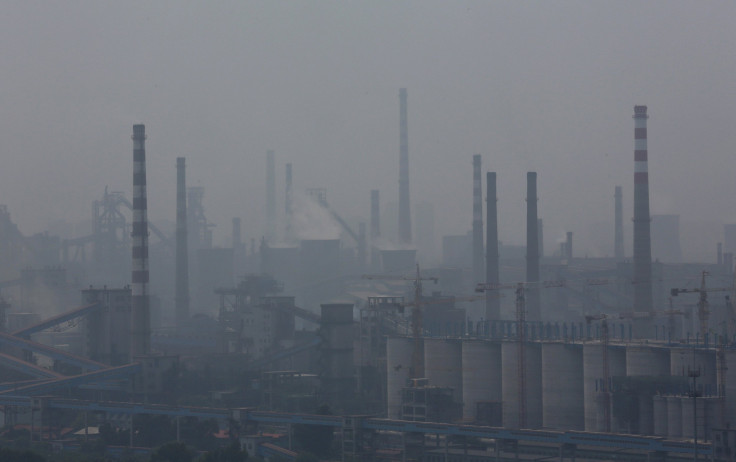China's Pollution And C02 Emissions Solution: Export It

China thinks it has a plan to help meet its energy consumption cap goals and eventually reduce the pollution plaguing its largest cities: Export many of its coal-burning factories overseas. While that may be one country’s domestic solution, it could have profound environmental repercussions on the rest of the world.
After years of international criticism of the immense greenhouse emissions that the most populous country produces, and domestic criticism of hazardous pollution, China’s State Council has begun revealing details of how they intend to achieve a coal consumption cap to 4.2 billion tons annually within the next seven years. The South China Morning Post reported that the government’s plan includes expanding exploration of alternative energy resources including nuclear and renewable energy.
Hebei, a province that surrounds China’s capital city, Beijing, is the heart of China’s steel production and home of most of the country’s cement and glass factories. According to Businessweek, Hebei factories produce 200 million tons of steel annually, representing about 25 percent of the China’s total steel production. Now, authorities have announced plans to move many of the industrial hub’s coal-burning, smog-producing factories overseas as part of the larger effort to reduce Chinese-produced emissions and pollution.
According to state-run Xinhua News Agency, Hebei authorities announced that they will be relocating 5 million tons of steel and cement production capacity, as well as 3 million “weight boxes” of glass production (a measurement term for glass), to areas in Africa, Asia and Central and South America by 2017. By 2023, they expect 20 million tons of steel, 30 million tons of cement and 10 million weight boxes of glass will have been moved abroad.
China’s slowing economy and tapering demand for industrial goods has led to industrial overproduction and the need to explore markets abroad.
“The initiative comes at a time when local steel, cement and glass producers are struggling, with sluggish growth in the world’s second-largest economy crippling demand for their products,” Xinhua reported on Wednesday. “In many cases, it has led to severe overcapacity.”
However, while this new plan may improve conditions in China, it doesn’t do much to reduce global greenhouse emissions.
As exemplified by America’s transition from a manufacturing-centered economy to a service and retail trade-driven one during the 1990s, reduced CO2 emissions within the U.S. just meant a rise elsewhere in the world as industrial production moved overseas. This 2011 report about long-term trends in global CO2 emissions by the European Commission's Joint Research Center and the Netherlands Environmental Assessment Agency shows that between 1990 and 2010, the U.S. saw a 14 percent decrease of CO2 emissions. During the same period, China experienced a 205 percent increase in CO2 emissions. Places like India, Indonesia and Thailand also all saw at least 100 percent increases over the same period.
© Copyright IBTimes 2024. All rights reserved.






















